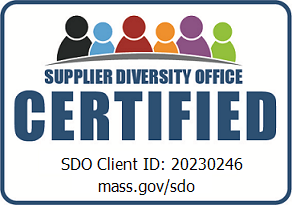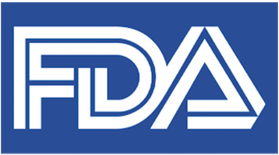With the growing effort among companies and consumers to eliminate single-use plastics without losing the flexibility and air-tight nature of plastic containers, we are seeing more and more silicone-based food storage products popping up.
>
“But what exactly is silicone? Silicone is a lab-made material made up of silicon (a naturally occurring element), along with oxygen, carbon, and hydrogen. Technically, silicone could be considered part of the rubber family.”
But more broadly defined, silicone is a cross between synthetic rubber and a plastic polymer. So, wait, if silicone contains a plastic polymer, why is it better than plastic?
Here are three reasons:
SAFETY: Since silicone is considered chemically stable, experts say it’s safe to use and likely not toxic. Silicone is extremely heat resistant which is one reason why it is considered food safe. It also contains no estrogen-mimicking toxins such as BPA.
DURABILITY: Silicone is more flexible (yet sturdier) than most plastics and plays a key role in sealing or gasketing containers. In fact, silicone can withstand high temperatures, such as commercial dishwashers, without losing its shape.
LIFECYCLE: Silicone can be (commercially) recycled multiple times without losing a lot of structural integrity. And while silicone does not biodegrade easily, unlike plastic, it will eventually return to the Earth, rather than breaking down into plastic microbeads. Because silicone does not break down into microscopic pieces, this makes it less ingestible than pulverized microplastics that can stealthily find their way into the bodies of humans, land animals and marine life.
At USEFULL , we believe passionately in striving for a plastic-free world. That’s a major reason why we use stainless steel instead of plastic for our cups and containers. It’s also why we are working hard to ensure that our stainless steel is sourced from non-virgin materials. And while we continue to iterate on our design and our material sources, we find that silicone-based lids are currently the most feasible option to provide a temperature-perfect, leak-proof experience for to-go food and beverages.
Government of Canada. “The safe use of cookware.” Canada.ca, 18 March 2015, https://www.canada.ca/en/health-canada/services/household-products/safe-use-cookware.html. Accessed 17 February 2022.
Jenkins, Kadian. “Where does Silicone Rubber come from? Learn with us today.” Silicone Engineering, 31 July 2017, https://silicone.co.uk/news/where-does-silicone-rubber-come-from/. Accessed 17 February 2022.
Krosofsky, Andrew. “Is Silicone Recyclable?” Green Matters, 3 June 2021, https://www.greenmatters.com/p/is-silicone-recyclable. Accessed 17 February 2022.
By Olivia Kelly, Director of Strategic Growth







